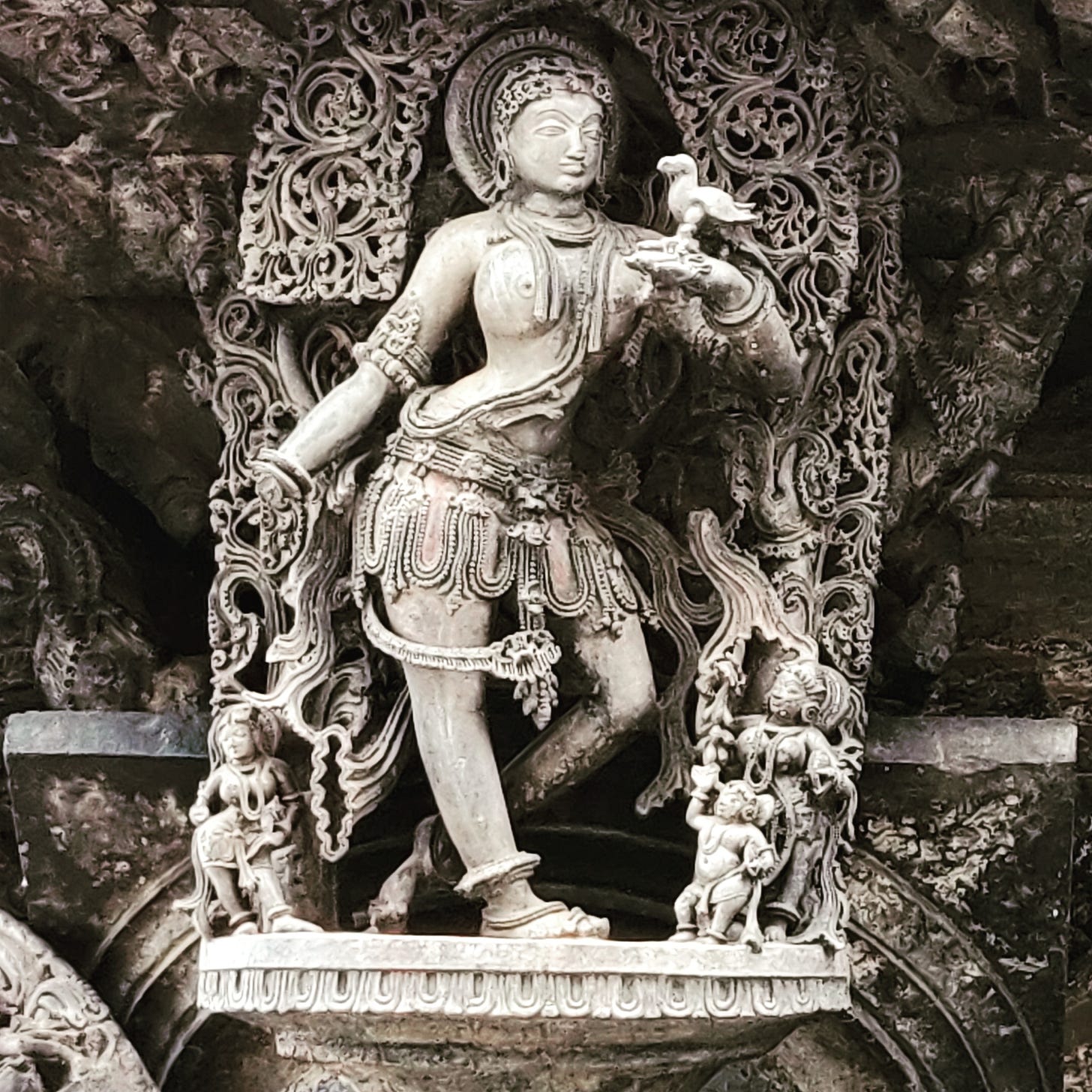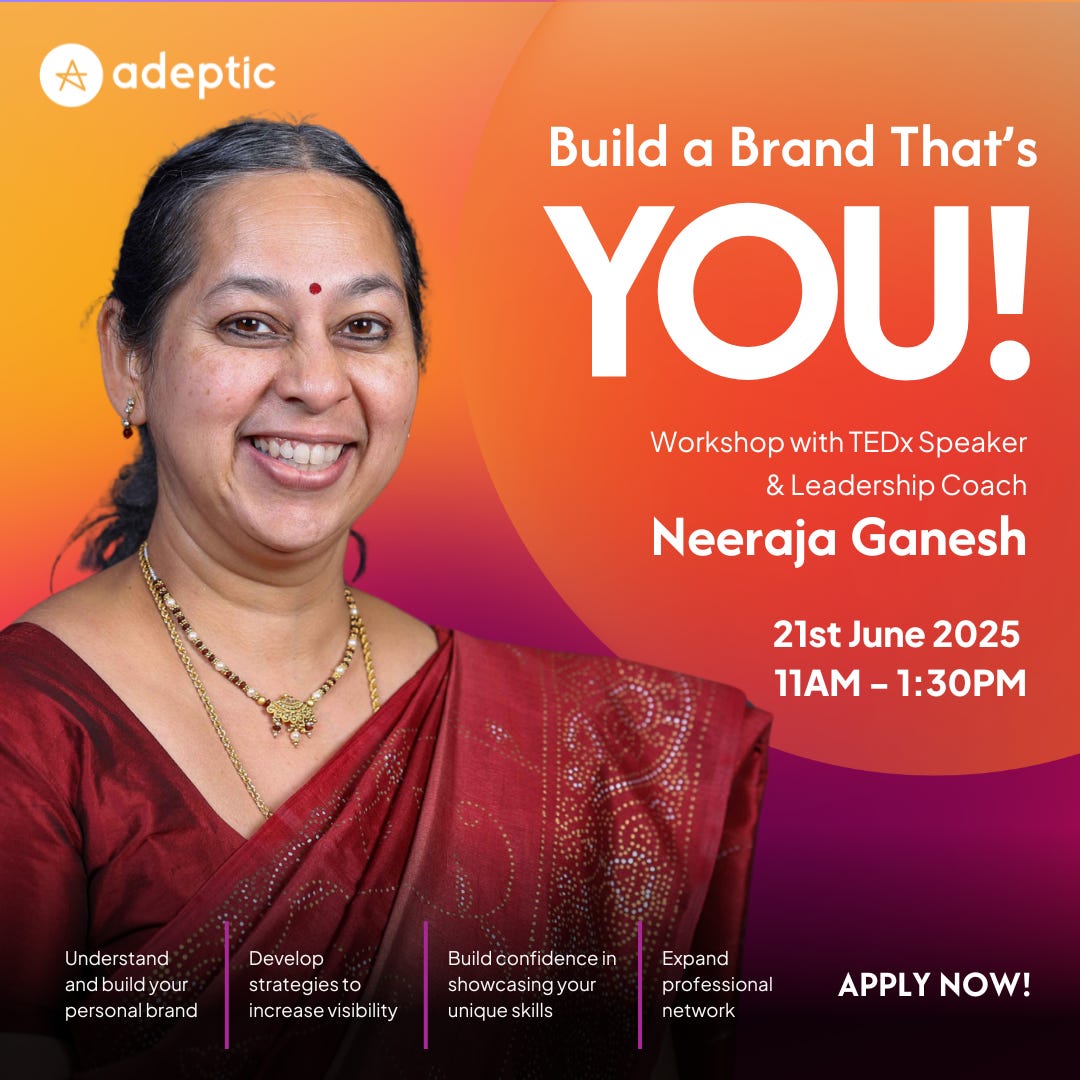Ancient Indian aesthetics offer profound inspiration for modern design. Rooted in Satyam (truth) and Rtam (cosmic order), interfaces should be authentic, functional, and aligned with user needs—reflecting integrity and flow. Shivam (auspiciousness) urges designers to create interfaces that are not only efficient but also bring clarity and positive impact. Sundaram (beauty) reminds us that visual harmony, balance, and elegance matter—whether in typography, layout, or interaction design.
Incorporating Rasa (flavor) and Bhava (emotion) adds depth to user journeys, ensuring experiences evoke delight, empathy, or trust. Ancient Indian art also emphasized symbolism and geometry—from mandalas to temple design—teaching us to use visual cues and proportions to guide user focus and interaction naturally.
By blending these timeless principles, designers can craft digital experiences that resonate deeply—offering utility with grace, emotion with logic, and structure with soul. True design is, after all, mindful and meaningful.
Getting the Man-Machine Chemistry Right in Digital Marketing
"Are you paying a prompt engineering tax?" by Padmaja Narsipur explores the impact of AI in the world of digital content marketing. It looks at the challenges faced by business in adopting AI for improved productivity while maintaining quality and more importantly ensuring the content retains emotive human.
Build a brand that's YOU
In a world obsessed with brands, it’s important to pause and take stock of brand YOU - how are you talking to the world? What is the image of yourself you want etched in others’ minds? These questions are particularly important for those aspiring to rise higher in their careers or those launching self-employment and entrepreneurship ships.
Our learning brand Adeptic Creative Labs has collaborated with Master Trainer, Leadership Coach and TEDx Speaker Neeraja Ganesh to bring this important workshop to professionals, freelancers and entrepreneurs. Neeraja’s own journey, rooted as it is in authenticity and plain speaking, is a testament to the power of personal brand building. The first cohort of this important workshop received rave reviews. Sign up to the second, and start building the most important brand of your life - Brand You!
Dieter Rams - The Ten Principles of Good Design
Dieter Rams is a legendary German industrial designer best known for his work at Braun and Vitsoe, where he created some of the most iconic and enduring product designs of the 20th century. Born in 1932 in Wiesbaden, Germany, Rams studied architecture and interior decoration at the Wiesbaden School of Art. He joined Braun in 1955 and became the company’s head of design in 1961, leading for over three decades.
Rams is renowned for his "Less, but better" philosophy, which emphasizes clarity, simplicity, and functionality. His approach rejected unnecessary ornamentation, instead focusing on intuitive, honest, and timeless design. His “Ten Principles of Good Design” have become a foundation for modern design thinking, influencing generations of designers across disciplines—including Apple’s Jonathan Ive.
From audio equipment to furniture, Rams’ work is celebrated for its balance of aesthetics and usability. His legacy continues to shape the design of contemporary digital interfaces, consumer electronics, and architecture. He demonstrated that good design is not just about how things look, but how they work and how they make people feel. In an era of overproduction and fast tech cycles, Rams’ enduring vision is a reminder that design should be both responsible and human-centered.
“A wealth of information creates a poverty of attention” - Herbert A. Simon
Suno sabki, karo khudki
- K R Subramanyan
Full-time Designer & Part-time T Shirt Creator



